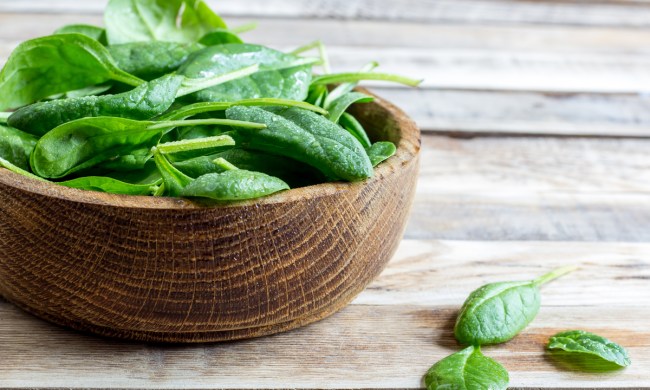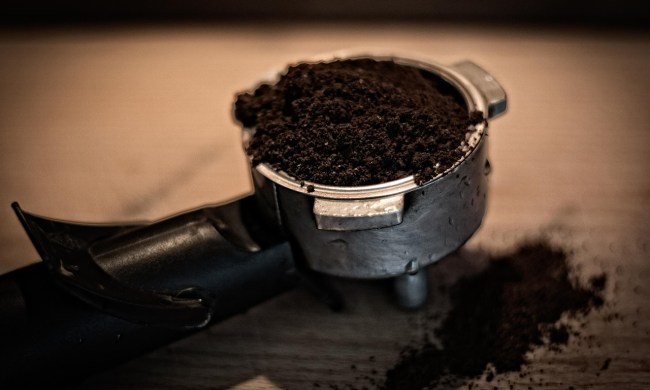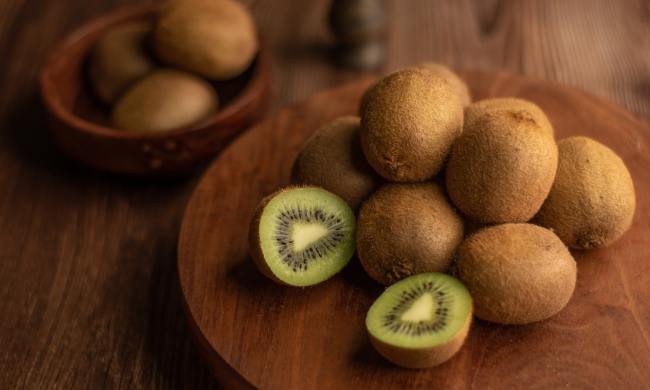From stir-fries to bread, zucchini is a versatile and delicious vegetable. It’s easy to grow, so it’s a good choice for beginners. Once you know how to grow zucchini, it can easily become a garden staple, especially since a single zucchini plant can produce several pounds of produce! If you want to add zucchini to your garden and your meals, then you’re in the right place. We have the answers to all your zucchini-related questions here in this handy guide.
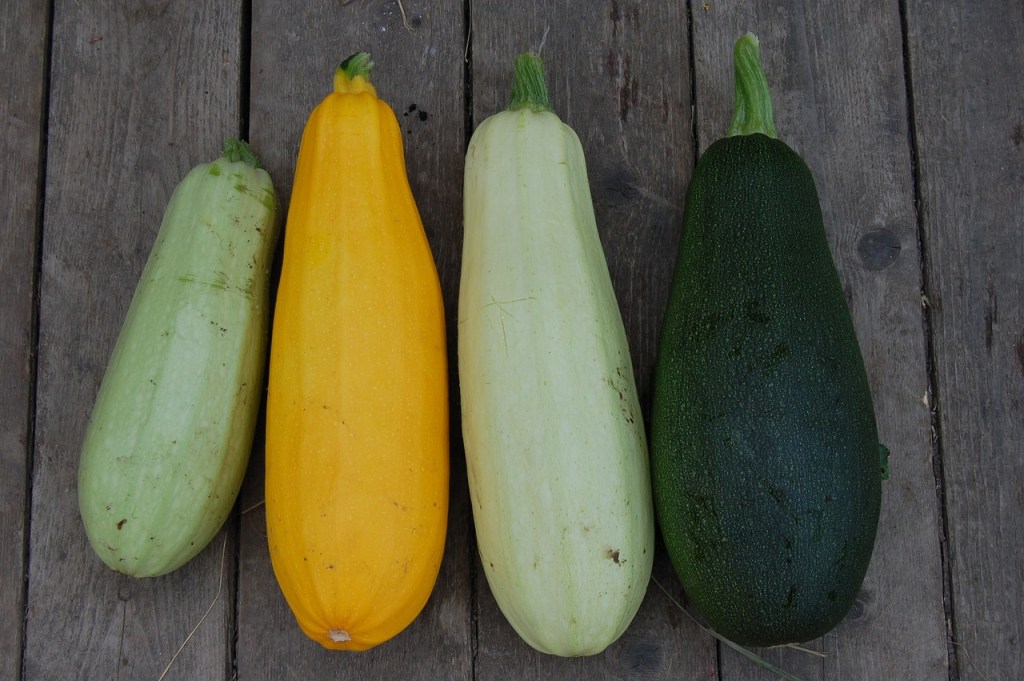
Varieties of zucchini to try
Black Beauty zucchini is a favorite of many; it’s hard to find a list of popular zucchini varieties that doesn’t include it. It features a dark green peel and white center, with a taste that pairs well with a wide range of dishes. Black Beauty is also a low-maintenance heritage variety, with a quick grow time and large yield.
Round zucchini is a great option for gardeners who want to grow unusual, show-stopping plants. Although the flavor is the same as a typical zucchini, these zucchinis are almost perfectly spherical. They can be fun to stuff or use as small bowls, or you can hollow them out to make tiny jack-o'-lanterns!
If you aren’t sure about green zucchini, then why not try a yellow one? Gourmet Gold is a brilliant shade of yellow that can add some extra color to any dish. There’s no difference in flavor, so feel free to add this stunning yellow zucchini to anything you would normally add zucchini to.
For those of you who think zucchini is just a bit too bland, then you might enjoy a Gadzukes zucchini. This variety is easy to grow and matures quickly, plus the ridges it has create an interesting star-like pattern when sliced. Additionally, Gadzukes zucchini is sweeter and a little crunchier than a typical zucchini!
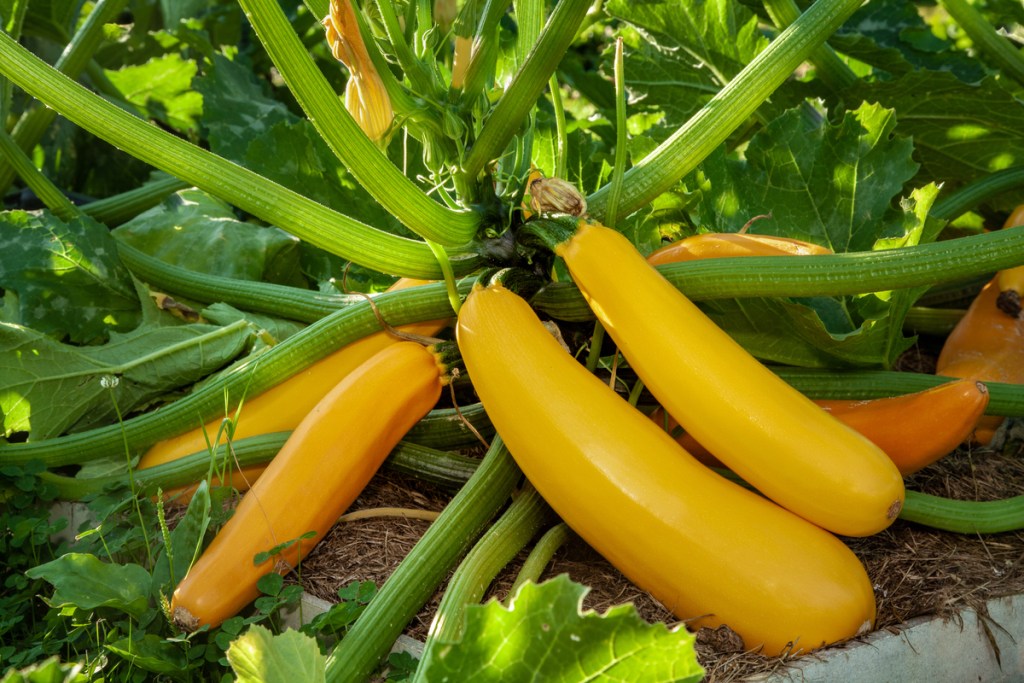
Planting zucchini
Follow these steps to properly plant your zucchini:
Step 1: Plant your zucchini when you have nightly lows that are above 50 degrees Fahrenheit and soil temperatures at or above 65 degrees Fahrenheit.
Zucchini has little to no tolerance for the cold. Spring and summer are typically the right time to plant zucchini, but in some hotter regions, you may be able to grow it year-round.
Step 2: Start your zucchini seeds indoors in colder regions.
You can also get seedlings from your local nursery.
Step 3: Choose a section of your garden that receives full sun and is rich with nutrients and organic matter.
Zucchini plants typically grow quickly and produce a lot of zucchinis, which means they need to absorb plenty of sun, water, and nutrients to develop properly.
Step 4: Plant them in soil that is neutral to slightly acidic.
Step 5: Plant the seeds roughly one-half inch deep.
Step 6: Give your zucchini room to grow.
You can either space them 2 feet apart or space them 3 to 4 inches apart and thin them after they sprout. If you’re growing more than one row of zucchinis, make sure the rows are spaced 3 feet apart.
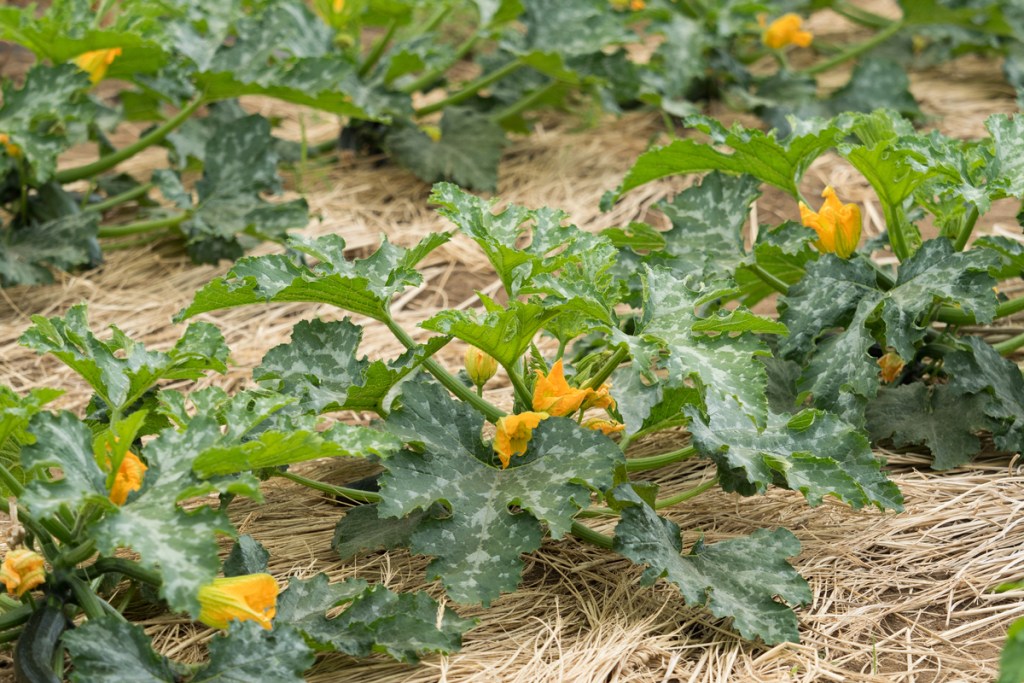
Caring for zucchini
After you've planted them, here's how to take care of your zucchini:
Step 1: Provide a trellis, fence, or other object for vining zucchini to grow on.
Vining zucchini need to climb, or else they'll spread out over your garden, climbing over anything that is nearby. However, many zucchini varieties are bush types, meaning the stems grow up in small clumps, almost like a bush. Bush varieties don’t need a trellis. The four varieties listed above are all bush-type varieties.
Step 2: Keep the soil moist, but avoid letting it get soggy.
Zucchini plants need 1 to 2 inches of water per week, and they tend to do best in soil that’s consistently moist but not soaking wet. A drip irrigation line is a great choice for zucchini plants, but a layer of mulch can also help the soil retain moisture.
Step 3: Add a small amount of fertilizer to the soil when planting your zucchini and when it begins to flower.
Zucchini is sensitive to overfertilization. Like most flowering and fruiting plants, too much fertilizer can cause them to produce too many leaves and not enough flowers.
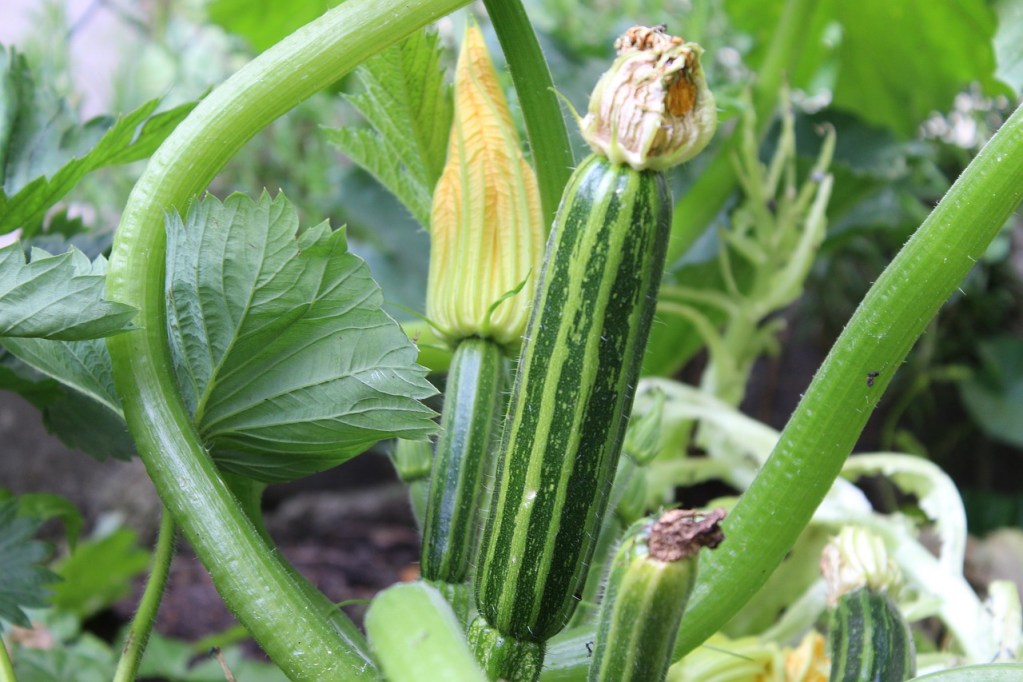
Harvesting zucchini
After a month and a half to two months, you're ready to start harvesting! Here's what to do:
Step 1: Begin harvesting zucchinis when they are between 3 and 10 inches long.
At this size, they are considered young zucchinis. When they are longer, they are most likely mature zucchinis. As they age, zucchinis toughen and the peels thicken. They can still be eaten, but are typically better suited for dishes with longer cook times or for baking.
However, mature zucchinis store much longer than young ones, thanks to their thick peels. This means that your exact harvest time can vary depending on how you want to use your zucchinis.
Step 2: Cut the zucchini off of the vine or stem with a pair of garden shears or a knife.
Step 3: Leave about an inch of stem attached to the zucchini.
This lessens the risk of damaging the zucchini while cutting it free.
Step 4: Harvest zucchini a few at a time as they ripen rather than all at once.
This encourages the plant to continue producing zucchini.
Zucchini is an ideal vegetable in many ways. They’re easy to grow, and they grow quickly. A single plant can produce enough zucchinis for a small family, and the zucchinis themselves are extremely versatile. Whether or not it’s the ideal vegetable for you, hopefully this guide has made your zucchini growing journey just a bit easier.


